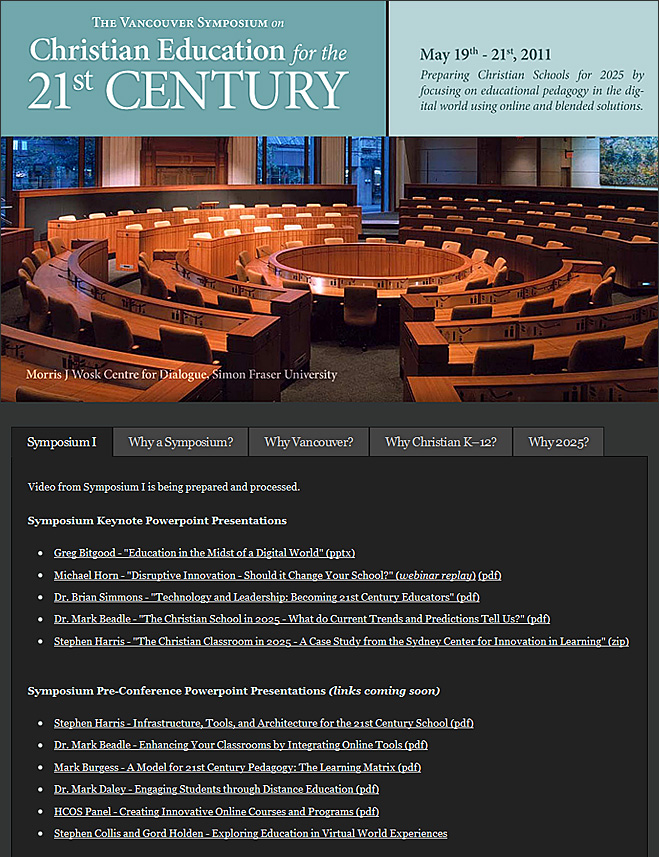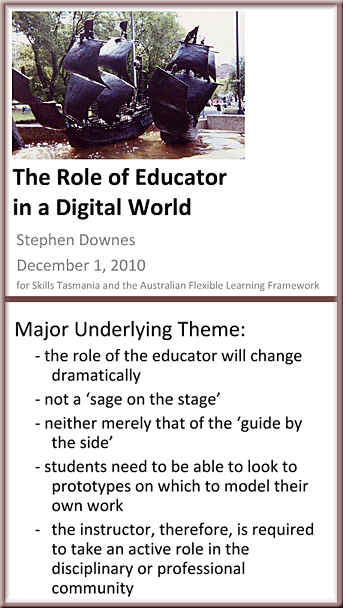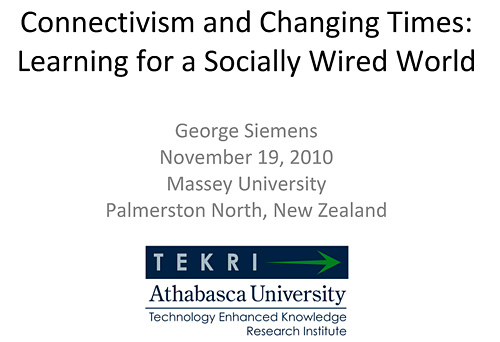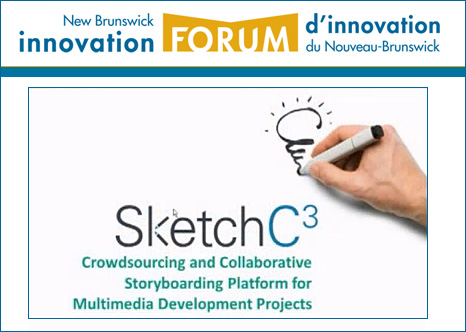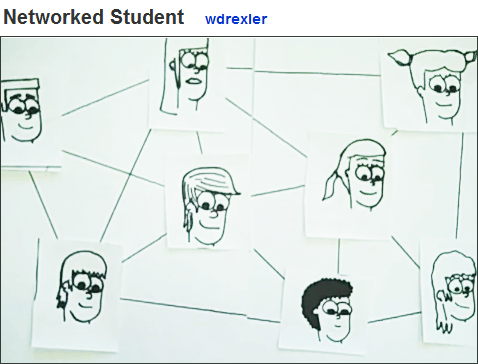Grades: the candle snuffer of the love of learning — from “for the love of learning” by Joe Bower
From DSC:
When I look at the gradebook functionality within Moodle, my head begins to spin. If we really need that much complexity built into our grading systems, we are probably emphasizing grades waaaaaaaaaayyyyy too much.
How can we get more towards passion-based education/learning?
Elementary, my dear Watson: Jeopardy computer offers insight into human cognition — from Sentient Developments by George Dvorsky
Also see:
- The DeepQA Project — from IBM; the overarching principles in DeepQA are:
- Massive parallelism:
Exploit massive parallelism in the consideration of multiple interpretations and hypotheses.- Many experts:
Facilitate the integration, application and con-textual evaluation of a wide range of loosely coupled probabilistic question and content analytics.- Pervasive confidence estimation:
No single component commits to an answer; all components produce features and associated confidences, scoring different question and contentinterpretations. An underlying confidence processing substratelearns how to stack and combine the scores.- Integrate shallow and deep knowledge:
Balance the use of strict semantics and shallow semantics, leveraging many loosely formed ontologies.
.
Connectivism & Connective Knowledge in Action — from ZaidLearn
SketchC3 — Crowdsourcing and Collaborative Storyboaring Platform for Multimedia Development Projects
The Wild World of Massively Open Online Courses — from unlimitedmagazine.com by Emily Senger
Would you participate in a class with 2300 other online students?
In a traditional university setting, a student pays to register for a course. The student shows up. A professor hands out an outline, assigns readings, stands at the front and lectures. Students take notes and ask questions. Then there is a test or an essay.
But with advancing online tools innovative educators are examining new ways to break out of this one-to-many model of education, through a concept called massively open online courses. The idea is to use open-source learning tools to make courses transparent and open to all, harnessing the knowledge of anyone who is interested in a topic.
George Siemens, along with colleague Stephen Downes, tried out the open course concept in fall 2008 through the University of Manitoba in a course called Connectivism and Connective Knowledge, or CCK08 for short. The course would allow 25 students to register, pay and receive credit for the course. All of the course content, including discussion boards, course readings, podcasts and any other teaching materials, was open to anyone who had an internet connection and created a user profile.
“The course was the platform, but anyone could build on that platform however they wanted,” says Siemens. “There’s this notion that technology is networked and social. It does alter the power relationship between the educator and the learner, a learner has more autonomy, they have more control. The expectation that you wait on the teacher to create everything for you and to tell you what to do is false.”
The Broken Accreditation System — Quote below from Stephen Downes
Links to an article by Ben Miller at The Quick and the Ed — dated August 6, 2010
Per Downes:
I have long said the accreditation monopoly will be ended, and though this looks like an attack on the for-profits, it is actually the first brick through the window of the accreditation system. Not that the for-profits are blameless – far from it. They have gamed the system mightily. “The first two hours of the hearing were devoted to damning undercover video of admissions counselors encouraging prospective students to lie on aid applications; inflating career earnings potential; and admitting they weren’t going to repay $85,000 of their own loan debt.” But as nothing will change the nature of the private sector, the only locus of reform will have to be the accreditation system itself. Thus we read, “there are some fundamental problems about accrediting agencies and the accrediting system that hurt its ability to provide the oversight and accountability functions we desire.” This will end only with the end of legislated accreditation, and though the government money may be harder to obtain (as, inevitably, it will be) the floodgates will be opened. It can end no other way.
From DSC:
This is yet another part of the “perfect storm” that’s brewing in higher education.
Also see:
http://www.quickanded.com/2010/08/the-broken-accreditation-system.html
16 resources about Personal Learning Networks (PLNs) — from Shelly Terrell
Research about PLNs
Below are 16 resources I have collected about the history of PLNs, how to build a PLN, and the tools needed to build a PLN. Please scroll down and take a look at these resources and see if they can be an addition to a future presentation.
We Connect Wiki– This wiki is full of videos, Wallwishers, Wikipedia articles, and more that help educators find the resources to build a PLN. You will find all the materials listed in this post there as well as at least 50 other links to video tutorials, step-by-step guides, lists of people to follow, and more to help any educator new or old to this concept build a PLN.
Wikipedia article about PLNs– This article explains the history and theory behind PLNs. Do you know where the term developed, the theory behind PLNs, who are the forerunners of the PLN movement?
Connectivism: A Learning Theory for the Digital Age by George Siemens– Siemens is noted as one of the forerunners behind the PLN movement. In this article, Siemens discusses the theory behind PLNs. This is one of the most important articles behind the PLN movement.
Origins of the Term ‘Personal Learning Network’ by Stephen Downes– Downes is another forerunner of the PLN movement and connectivism. In this post, he delineates the origins of the term.
The Art & Technique of Personal Learning Networks by David Warlick– Warlick defines PLN in easily understood terms, explains how the process works, and provides several articles for more information.
PLN posts on Teacher Reboot Camp– Read several of my posts about PLNs and the type of learning they provide. You will also find posts like, PLNs, Where Do We Begin?, to help you relate the concept to educators who have never experienced this before.









